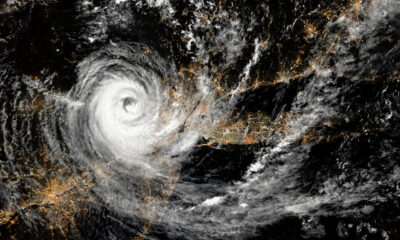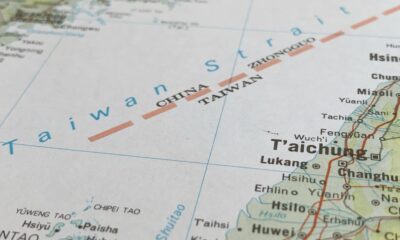Underwater Volcano Near Oregon Shows Signs Of 2025 Eruption, Experts Say

An underwater volcano in the northeast Pacific is displaying signals that suggest an eruption could take place this year. Researchers have been closely monitoring the Axial Seamount, located about 300 miles off the Oregon coast, and believe its next eruption is approaching.
The Axial Seamount is considered the most active submarine volcano in the region, with previous eruptions occurring in 1998, 2011, and 2015. Scientists tracking its activity say the volcano has been inflating, a process that occurs when molten rock builds up beneath the surface. This same pattern was observed in the lead-up to its last three eruptions.
William Chadwick, a research associate at Oregon State University, has been studying the Axial Seamount for decades and noted that its activity follows a predictable cycle. “It seems to have this pretty repeatable pattern from one eruption to the next,” he explained. The site is equipped with advanced monitoring instruments, including seismometers and underwater sensors, which provide real-time updates on volcanic activity.
While the volcano’s activity is being closely watched, experts say there is no threat to coastal communities. The Axial Seamount is nearly a mile underwater, meaning any eruption would not be noticeable at the surface. “When Axial Seamount erupts, it’ll look a lot like a Hawaiian lava flow eruption,” said Mike Poland from the Yellowstone Volcano Observatory.
The research being conducted at Axial Seamount is helping scientists refine eruption prediction techniques. Because the volcano is far from human populations, researchers are able to test forecasting methods without the risk of unnecessary evacuations, which can be a challenge with land-based volcanoes.
A June 2024 expedition to the site involved deploying remotely operated vehicles to gather additional data. Scientists hope that ongoing research will lead to better forecasting models that can be applied to other volcanoes around the world.
























